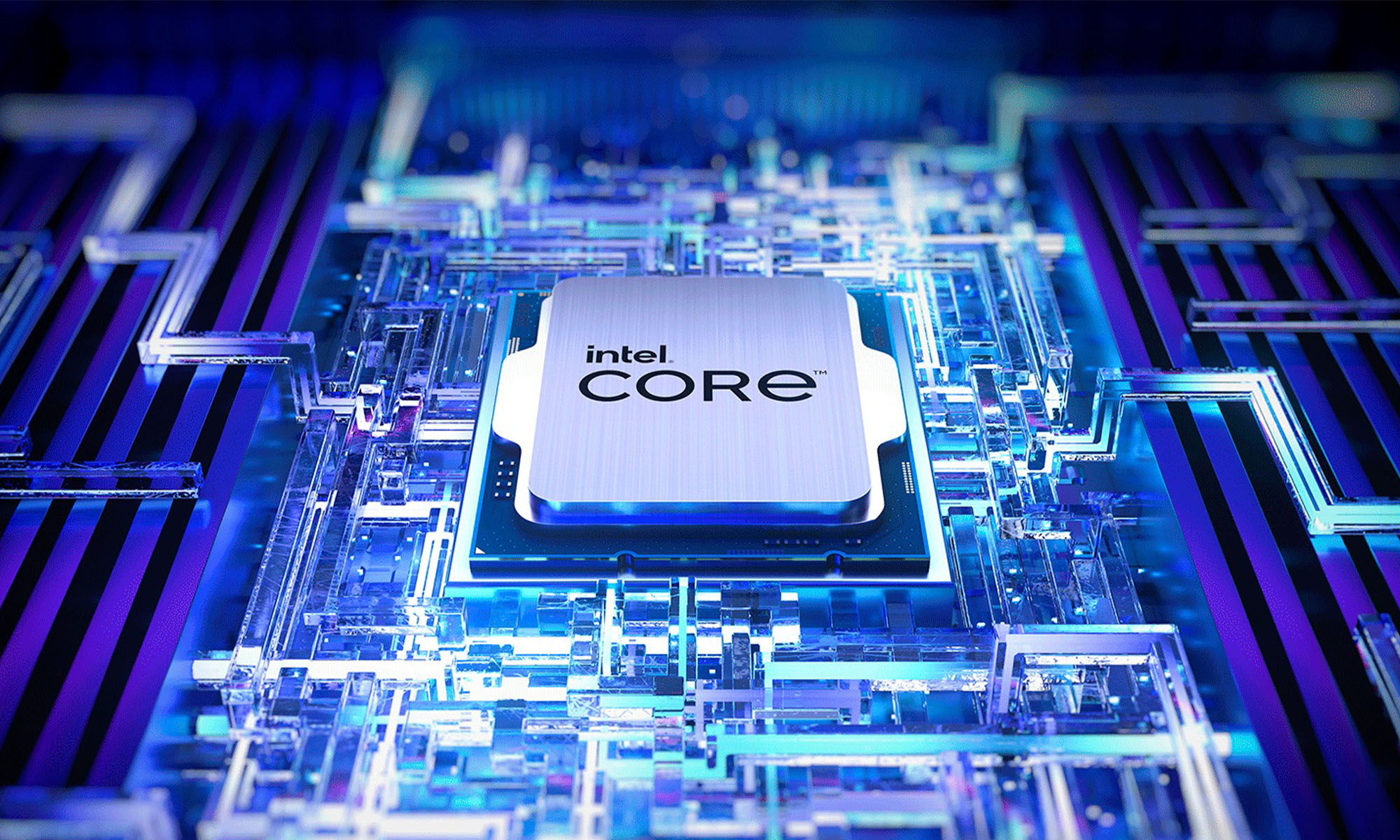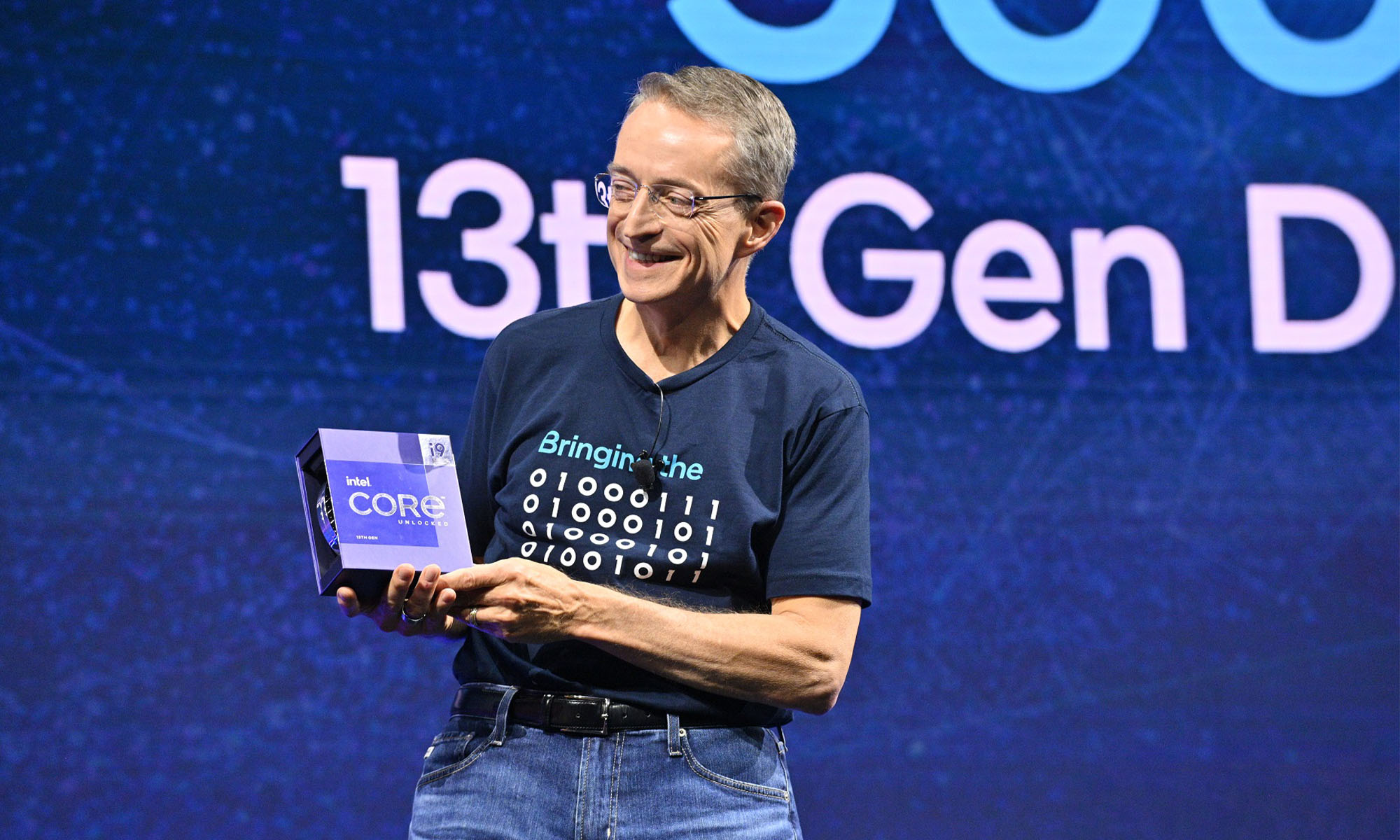News
Intel Announces Its Range Of 13th Gen Core Processors
Intel’s 13th Gen processors have landed, offering support for DDR5 and DDR4 memory, with the same LGA1700 sockets used by the outgoing generation.

At the Intel Innovation event on September 27th, the processor giant revealed its latest 13th Generation Core processor family. The chips are powered by Intel’s performance hybrid architecture and come in six new unlocked variants for desktop applications.
The new lineup is headed by the monstrous Core i9-13900K and Core i9-13900KF, which utilize 24 cores for a total of 20 threads. The “E” cores sport a base frequency of 2.2Ghz, while the “P” cores max out at 3.0Ghz — though the turbo frequency can push those numbers to 4.3Ghz and 5.8Ghz, respectively. In terms of power draw, both top-of-the-line processors are rated at 125W, with max power topping out at 253W.

The range is codenamed “Raptor Lake“, and Intel claims that the entire family of processors will offer users up to a 15% increase in single-threaded performance and up to a 41% increase in multi-threaded performance compared to the outgoing 12th generation.
Speaking of the rest of the Raptor Lake family, two i7 and two i5 processors will also feature in the lineup, with K and KF variants of each, with the latter not supporting integrated graphics.
Also Read: Belgian Artist Creates Instagram Surveillance Tool
There’s also some good news for system builders and serial upgraders: Although limited to a max speed of 5600Mhz, DDR4 RAM will still be supported by the new processors, which also use the same LGA1700 socket configuration — meaning Z690 and Z790 motherboard owners can sample the power of Raptor Lake without the need for a complete system refresh.
As for laptop users, Intel has confirmed that the new 13th Gen processors will be finding their way into portable PCs in the near future, sticking to the familiar naming convention of U, P, H, and HX. The new 13th Gen Raptor Lake range will hit stores from October 20th, though there’s no word on availability levels as yet.
News
Mamo Completes $3.4M Funding Round To Enhance Fintech Services
The startup will use the influx of cash to expand into Saudi Arabia and across the wider GCC while improving its product offering.

UAE-based fintech Mamo has announced the completion of a $3.4 million funding round that will help the startup extend its market presence and improve its product offering. Investors included 4DX Ventures, the Dubai Future District Fund and Cyfr Capital.
Mamo’s platform offers “payment collection, corporate cards and expense management” to help small and medium-sized businesses consolidate and streamline their operations. With the latest influx of capital, Mamo will further develop its comprehensive suite of services and begin testing its product lines in Saudi Arabia, further extending its footprint across the GCC.
Imad Gharazeddine, co-founder and CEO of Mamo, stated: “We’ve been in the market for a while now and are incredibly proud of what our team has achieved. The holistic and expansive nature of our product offering has helped us continue to grow sustainably. This additional funding will allow us to reach our medium-term goals even faster. The support from new and existing investors is a testament to our strong expertise and the ability to deliver on our customer promise”.
Daniel Marlo, General Partner of lead investor 4DX Ventures, added: “We have immense trust in Imad’s vision, leadership and Mamo’s innovative approach to provide a user-friendly and comprehensive financial solution for SMEs that makes financial management more accessible and efficient. We are proud to partner with them and support their mission”.
Also Read: A Guide To Digital Payment Methods In The Middle East
Amer Fatayer, Managing Director of Dubai Future District Fund’s investment team, also commented: “Mamo’s localized product lines serve as an infrastructure for SME payments and spend management in UAE, a segment that is underserved by the country’s current banking infrastructure. The team has taken a product-first approach to consolidating SMEs’ financial journeys and building a fintech solution deeply embedded in a business’s core operations”.
To date, Mamo has raised around $13 million in investment funding and now boasts a team of 30 people. The company’s intuitive financial services platform has allowed over 1,000 businesses to consolidate their financial operations and significantly reduce payment fees.
-

 News4 weeks ago
News4 weeks agoAmazon Prime Day 2024: Get Ready For 6 Days Of Amazing Deals
-

 News4 weeks ago
News4 weeks agoSamsung Unpacked 2024: What To Expect From The July 10 Event
-

 News3 weeks ago
News3 weeks agoCoursera Report Shows Surge In UAE Interest In AI Upskilling
-

 News4 weeks ago
News4 weeks agoMeet Dubai’s Groundbreaking Smart Robot Delivery Assistant
















